2024 December 1
Ian Cooper writes: Here is a selection of pictures from my pre-dawn photoshoot at *Colquitz River Park and the #Galloping Goose Trail in View Royal last night. It was very cool out. Once again, there was frost on the Selkirk Trestle. Luckily, I was wearing multiple layers and had packed a toque. I was originally expecting to get rained on as per the forecast, but it was actually clear out. When I arrived at Colquitz River park around 4 a.m., I saw stars through the bare tree branches, including the constellation Orion. By the time I left the 9 km marker in View Royal, it was after 7:30 a.m. The ride back, in daylight, with a couple of stops, took an hour.
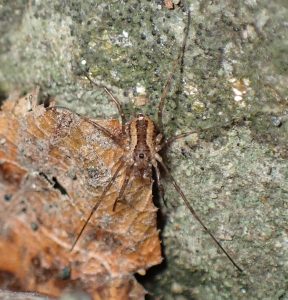 *Harvestman Protolophus sp. (Opiliones: Protolophidae) Ian Cooper
*Harvestman Protolophus sp. (Opiliones: Protolophidae) Ian Cooper
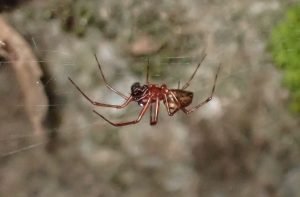 *Male Neriene digna (Ara.: Linyphiidae) Ian Cooper
*Male Neriene digna (Ara.: Linyphiidae) Ian Cooper
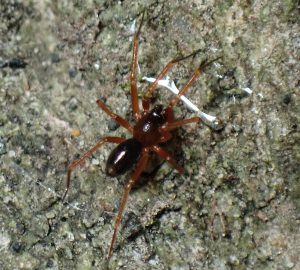 *Small spider (Ara.: Linyphiidae – Erigoniinae) Ian Cooper
*Small spider (Ara.: Linyphiidae – Erigoniinae) Ian Cooper
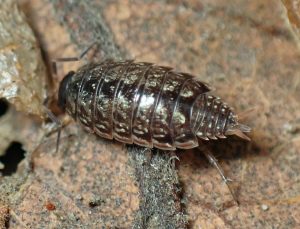 *Common Striped Woodlouse Philoscia muscorum (Isopoda: Oniscidae) Ian Cooper
*Common Striped Woodlouse Philoscia muscorum (Isopoda: Oniscidae) Ian Cooper
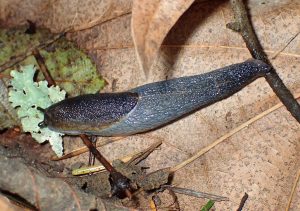 #Yellow-Bordered Taildropper Prophysaon foliolatum (Pul.: Arionidae) Ian Cooper
#Yellow-Bordered Taildropper Prophysaon foliolatum (Pul.: Arionidae) Ian Cooper
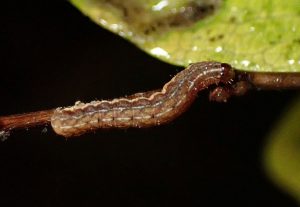 *Unidentified noctuid caterpillar (Lep.: Noctuidae) Ian Cooper
*Unidentified noctuid caterpillar (Lep.: Noctuidae) Ian Cooper

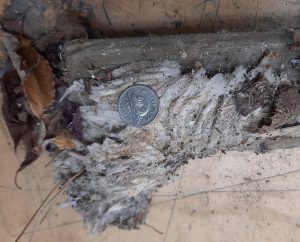 Mass of from 100 to 200 unidentified moth cocoons. Robb Bennett
Mass of from 100 to 200 unidentified moth cocoons. Robb Bennett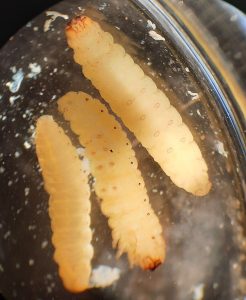 Caterpillars from the above cocoons Robb Bennett
Caterpillars from the above cocoons Robb Bennett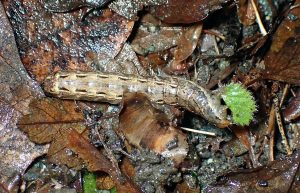 *Large Yellow Underwing Moth Noctua pronuba (Lep.: Noctuidae) Ian Cooper
*Large Yellow Underwing Moth Noctua pronuba (Lep.: Noctuidae) Ian Cooper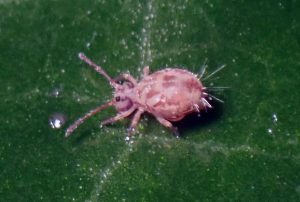 #Globular Springtail Ptenothrix sp. (Coll.: Dicyrtomidae) Ian Cooper
#Globular Springtail Ptenothrix sp. (Coll.: Dicyrtomidae) Ian Cooper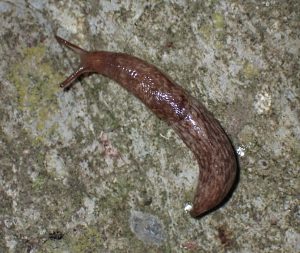 *Grey Field Slug Deroceras reticulatum (Pul.: Agriolimacidae) Ian Cooper
*Grey Field Slug Deroceras reticulatum (Pul.: Agriolimacidae) Ian Cooper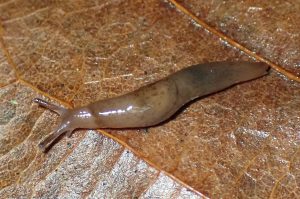 #Longneck Field Slug Deroceras invadens – (Pul.: Agriolimacidae) Ian Cooper
#Longneck Field Slug Deroceras invadens – (Pul.: Agriolimacidae) Ian Cooper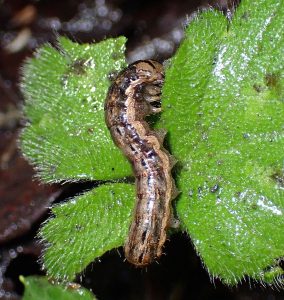 *Large Yellow Underwing Moth Noctua pronuba (Lep.: Noctuidae) Ian Cooper
*Large Yellow Underwing Moth Noctua pronuba (Lep.: Noctuidae) Ian Cooper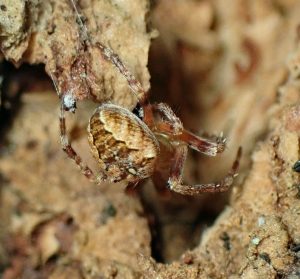 # Cross Orb-weaver Araneus diadematus (Ara.: Araneidae) Ian Cooper
# Cross Orb-weaver Araneus diadematus (Ara.: Araneidae) Ian Cooper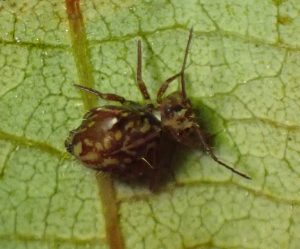 # Globular Springtail Ptenothrix sp. (Coll.: Dicyrtomidae) Ian Cooper
# Globular Springtail Ptenothrix sp. (Coll.: Dicyrtomidae) Ian Cooper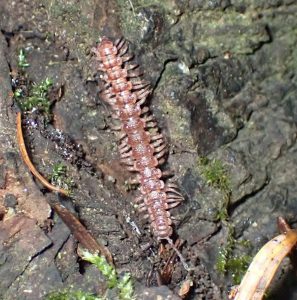 # Flat-backed Millepede Scytonotus sp. (Diplopoda: Polydesmidae) Ian Cooper
# Flat-backed Millepede Scytonotus sp. (Diplopoda: Polydesmidae) Ian Cooper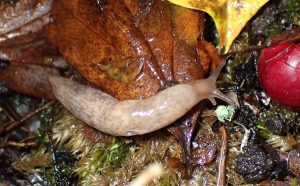 * Grey Field Slug Deroceras reticulatum (Pul.: Agriolimacidae) Ian Cooper
* Grey Field Slug Deroceras reticulatum (Pul.: Agriolimacidae) Ian Cooper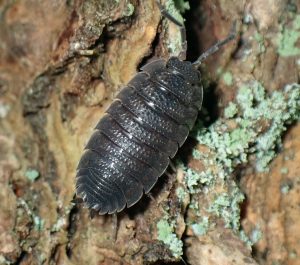 # Common Rough Woodlouse Porcellio scaber (Isopoda: Porcellionidae) Ian Cooper
# Common Rough Woodlouse Porcellio scaber (Isopoda: Porcellionidae) Ian Cooper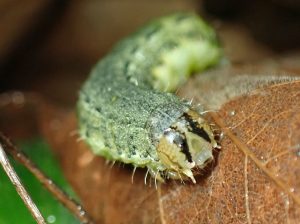 Large Yellow Underwing moth Noctua pronuba (Lep.: Noctuidae) Ian Cooper
Large Yellow Underwing moth Noctua pronuba (Lep.: Noctuidae) Ian Cooper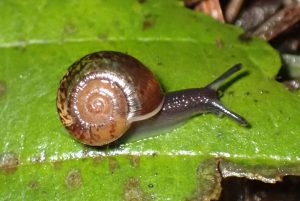 # Probably Beaded Lancetooth Ancotrema sportella (Pul.: Haplotrematidae) Ian Cooper
# Probably Beaded Lancetooth Ancotrema sportella (Pul.: Haplotrematidae) Ian Cooper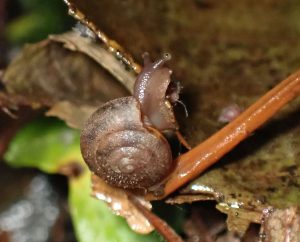 # Northwest Hesperian Vespericola columbianus (Pul.: Polygyridae) Ian Cooper
# Northwest Hesperian Vespericola columbianus (Pul.: Polygyridae) Ian Cooper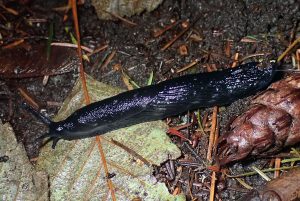 # Chocolate Arion Arion rufus (Pul.: Arionidae) Ian Cooper
# Chocolate Arion Arion rufus (Pul.: Arionidae) Ian Cooper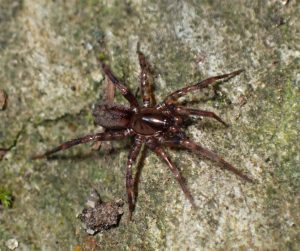 * Cybaeus (probably reticulatus or eutypus (Ara.: Cybaeidae) Ian Cooper
* Cybaeus (probably reticulatus or eutypus (Ara.: Cybaeidae) Ian Cooper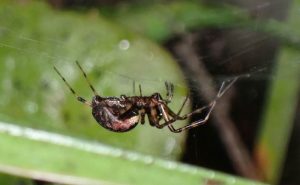 * Unidentified female linyphiid spider (Ara.: Linyphiidae) Ian Cooper
* Unidentified female linyphiid spider (Ara.: Linyphiidae) Ian Cooper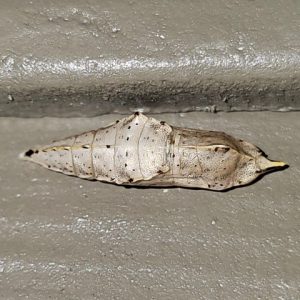 Cabbage White Pieris rapae (Lep.: Pieridae) Michele Hannem
Cabbage White Pieris rapae (Lep.: Pieridae) Michele Hannem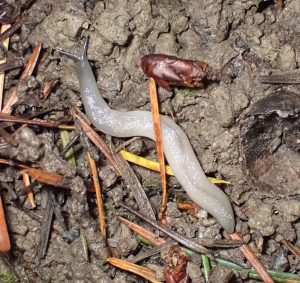 Worm Slug Boettgerilla pallens (Pul.: Boettgerillidae) Ian Cooper
Worm Slug Boettgerilla pallens (Pul.: Boettgerillidae) Ian Cooper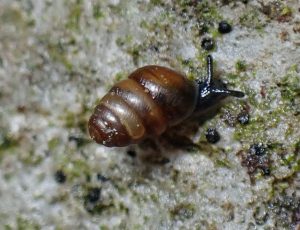 Lauria cylindracea (Pul.: Lauriidae) Ian Cooper
Lauria cylindracea (Pul.: Lauriidae) Ian Cooper